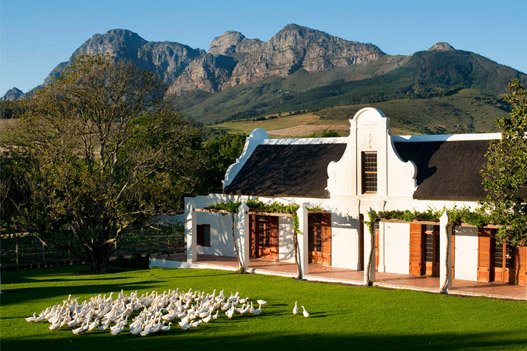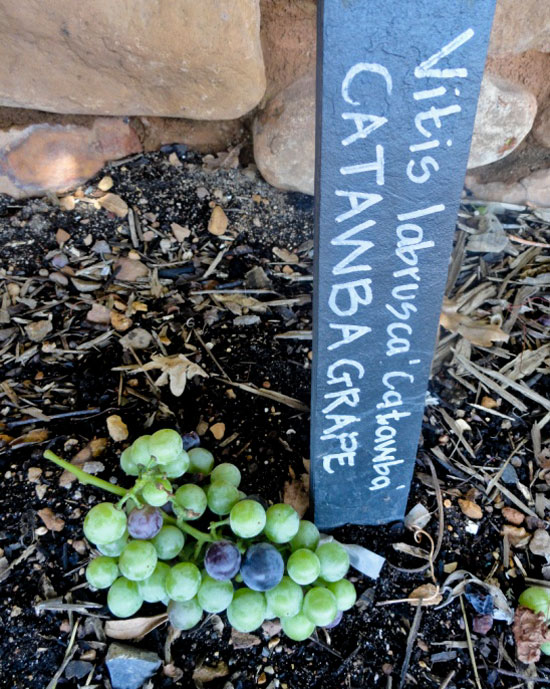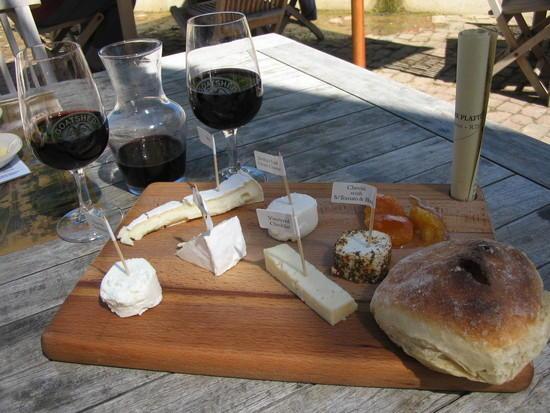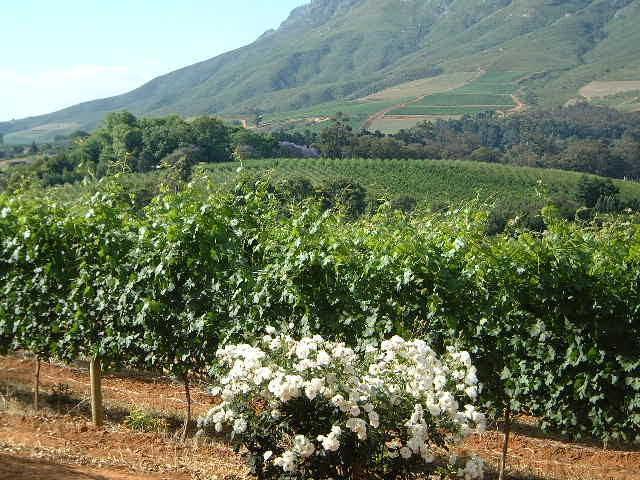Image above taken from the Babylonstoren website.
45 minutes east of Cape Town lies an enchanting countryside celebrated for its delectable wines, culinary sensations, and quaint towns saturated with history that dates back to the 1650s. This place is none other than Cape Winelands.
When Dutch commander, Jan van Riebeeck, first stepped foot on Cape Winelands nearly 350 years ago, his mission was to develop a supplying port for Dutch East India Company trading ships. His plans soon changed. Dutch merchant traders began noticing that traders on Mediterranean-based ships suffered less from scurvy, and equated this to their wine consumption. Thus, van Riebeeck began importing vines from all over Europe’s prestigious wine-producing countries, including France and Spain, and began growing grapes on his farm, Boscheuvel.
In 1679, the second Governor, Simon Van der Stel, entered Cape Winelands and decided to put his viticulture skills to use by increasing wine production and adding his two-cents to the wine-making industry in the Cape. This same year he began exploring other territories within the Cape Winelands region and founded Stellenbosch. He then began cultivating vines at his newly built estate, Contstantia. This was the turning point in South African wine production.
 Image of Babylonstoren taken from the Babylonstoren website.
Image of Babylonstoren taken from the Babylonstoren website.
 Image above taken from the Babylonstoren blog (which we love!)
Image above taken from the Babylonstoren blog (which we love!)
Soon, Constantia wines caught like wildfire in Europe. Kings, princes, and other nobles fell in the love with sweet flavors of Constantia wine. These wines were even mentioned in classic novels written by Austen and Dickens. But aside from the wines of Constantia, wine production in the outskirt areas was of poor quality. It wasn’t until the late 1600s that things started changing for the better.
During the last few years of the 1600s, France developed new legislature that banned freedom of religion. Protestant Huguenots were persecuted for their beliefs, spurring their flee to Holland. Here, many boarded the Dutch ships that were headed to the Cape Winelands. Because these Frenchmen once lived in the most famous wine country of the world, they were quite well-versed in viniculture, bringing a fresh perspective to the Cape wine industry. Soon, they were given land in the Cape Winelands regions of Franschhoek, Paarl, and Drakensein where they began their own wine production. And thus prompted the growth of South African wines to become internationally renowned.
Today, you’ll notice that much of Cape Winelands has been preserved from the 18th century (and part of the 17th century). From the Cape Dutch architecture to the Dutch-inspired cuisine, and the century-old wine estates to the plentiful museums, you’ll feel transported back in time in this quaint region of South Africa.
For a guide on some of the best vineyards in Cape Winelands, click here.



